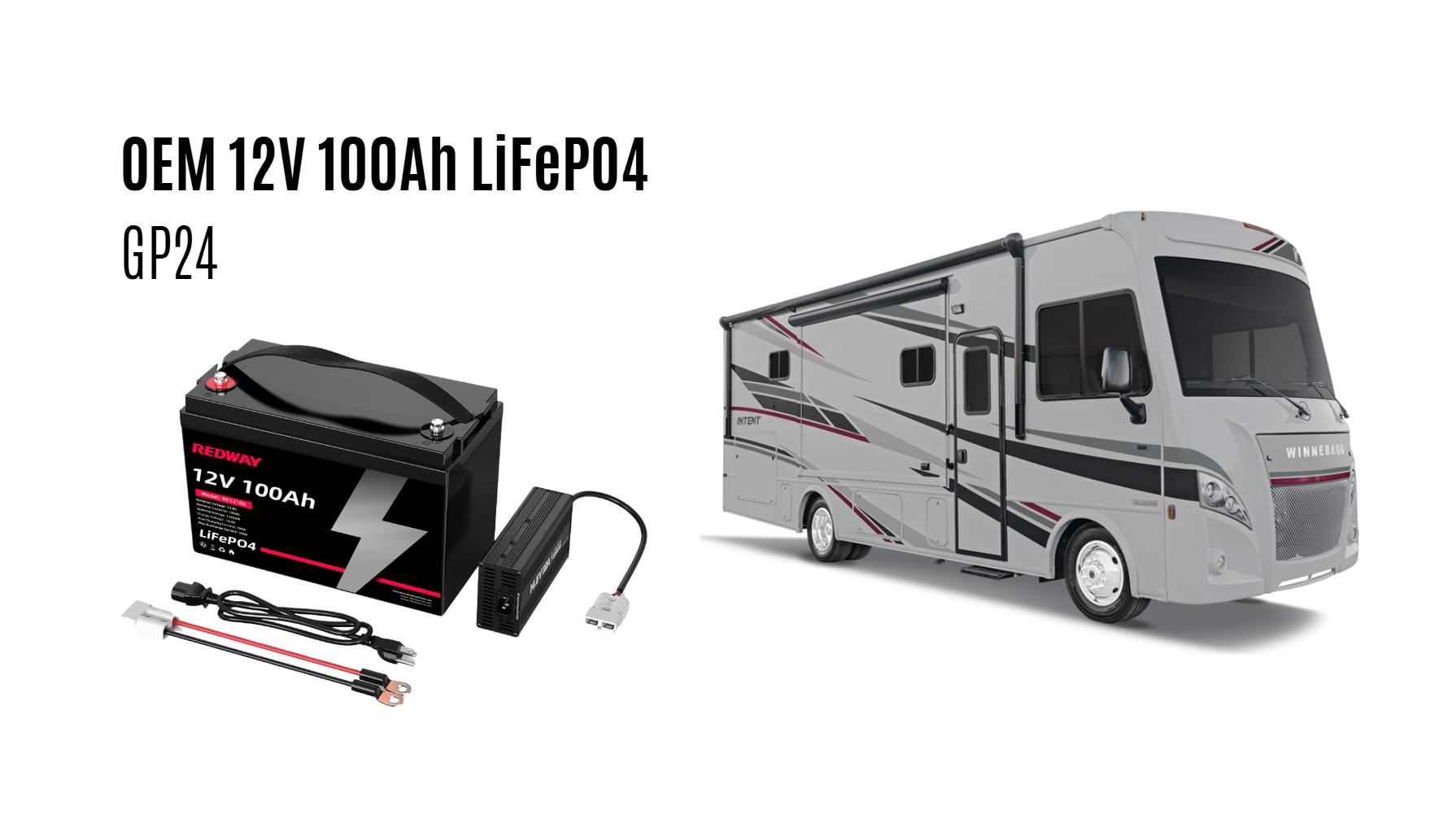Winnebago RVs typically use AGM, lithium-ion, or lead-acid batteries. AGM batteries offer maintenance-free operation and vibration resistance, ideal for frequent travelers. Lithium-ion batteries provide longer lifespans and faster charging, suited for off-grid adventures. Lead-acid batteries are budget-friendly but heavier and less efficient. Compatibility depends on the model’s electrical system and power demands.
How Do AGM and Lithium-Ion Batteries Compare for Winnebago Use?
AGM batteries are cost-effective, spill-proof, and handle moderate discharge cycles. Lithium-ion batteries, though pricier, deliver 3-5x more cycles, 50% lighter weight, and 90%+ efficiency. Lithium excels in deep-cycle applications, while AGM suits standard power needs. Winnebago’s newer models, like the Revel, often integrate lithium systems for extended boondocking.
When choosing between AGM and lithium, consider usage patterns. AGM batteries perform well in moderate climates and for weekend trips where weight isn’t a critical factor. Their ability to handle short charging bursts from alternators makes them practical for drivers who frequently move between campgrounds. Lithium batteries, however, shine in extreme temperatures and long-term off-grid scenarios. Their stable voltage output ensures appliances like refrigerators run efficiently even at 20% charge. For Winnebago owners planning cross-country journeys or remote work setups, lithium’s faster solar recharge capability (3-4 hours vs. AGM’s 6-8 hours) can be a game-changer. Always verify your RV’s converter/charger compatibility – older Winnebago models may require a $300-$600 charger upgrade to safely support lithium chemistry.
| Feature | AGM | Lithium-Ion |
|---|---|---|
| Cycle Life | 500-800 cycles | 3,000-5,000 cycles |
| Weight (100Ah) | 60-70 lbs | 25-30 lbs |
| Cost per kWh | $200-$300 | $600-$900 |
How Does Solar Integration Enhance Winnebago Battery Performance?
Solar panels reduce generator reliance and extend battery life by maintaining optimal charge levels. Winnebago’s Solera® models support 200W–400W rooftop systems. Pair with lithium batteries for 24/7 off-grid power. Ensure compatibility with existing charge controllers and inverters. Solar setups can yield 20–30% faster recharges in sunny conditions.
Modern solar configurations for Winnebago RVs often combine flexible monocrystalline panels with MPPT charge controllers. A 400W system can generate 1.8-2.4 kWh daily – enough to power LED lights, water pumps, and a 12V fridge indefinitely. For lithium battery users, solar’s gradual charging prevents the voltage spikes that degrade lead-acid chemistries. Winnebago’s factory solar pre-wiring (available in models like the Navion 24D) simplifies installation, but owners should still monitor shading patterns and panel tilt angles. Adding a 200Ah lithium battery bank with 400W solar creates a self-sufficient power ecosystem, enabling 4-5 days of off-grid use without engine charging. Remember to size your solar array 20% larger than calculated needs to account for cloudy days and panel degradation.
| Solar Panel Size | Daily Output | Compatible Models |
|---|---|---|
| 200W | 0.9-1.2 kWh | Era, Travato |
| 400W | 1.8-2.4 kWh | Revel, View |
| 600W | 2.7-3.6 kWh | Grand Tour, Intent |
FAQs
- How long do Winnebago RV batteries last?
- AGM batteries last 3–5 years; lithium-ion lasts 8–12 years with proper care.
- Can I add solar to my Winnebago’s existing battery system?
- Yes, but ensure compatibility with your battery type and charge controller.
- Does upgrading to lithium void Winnebago’s warranty?
- It may if done improperly. Consult Winnebago’s service centers for approved upgrades.
“Redway’s engineers emphasize lithium’s ROI for Winnebago owners. Modern LiFePO4 batteries withstand 3,000–5,000 cycles, reducing long-term costs. Pairing them with adaptive charging systems can cut energy waste by 40%. However, AGM remains viable for seasonal users who prioritize upfront savings over longevity,” notes a Redway Power Solutions specialist.




